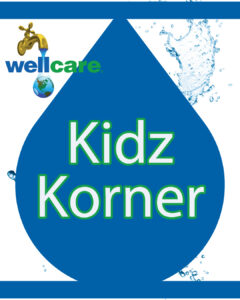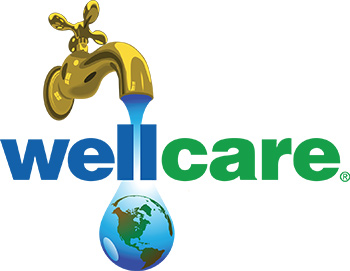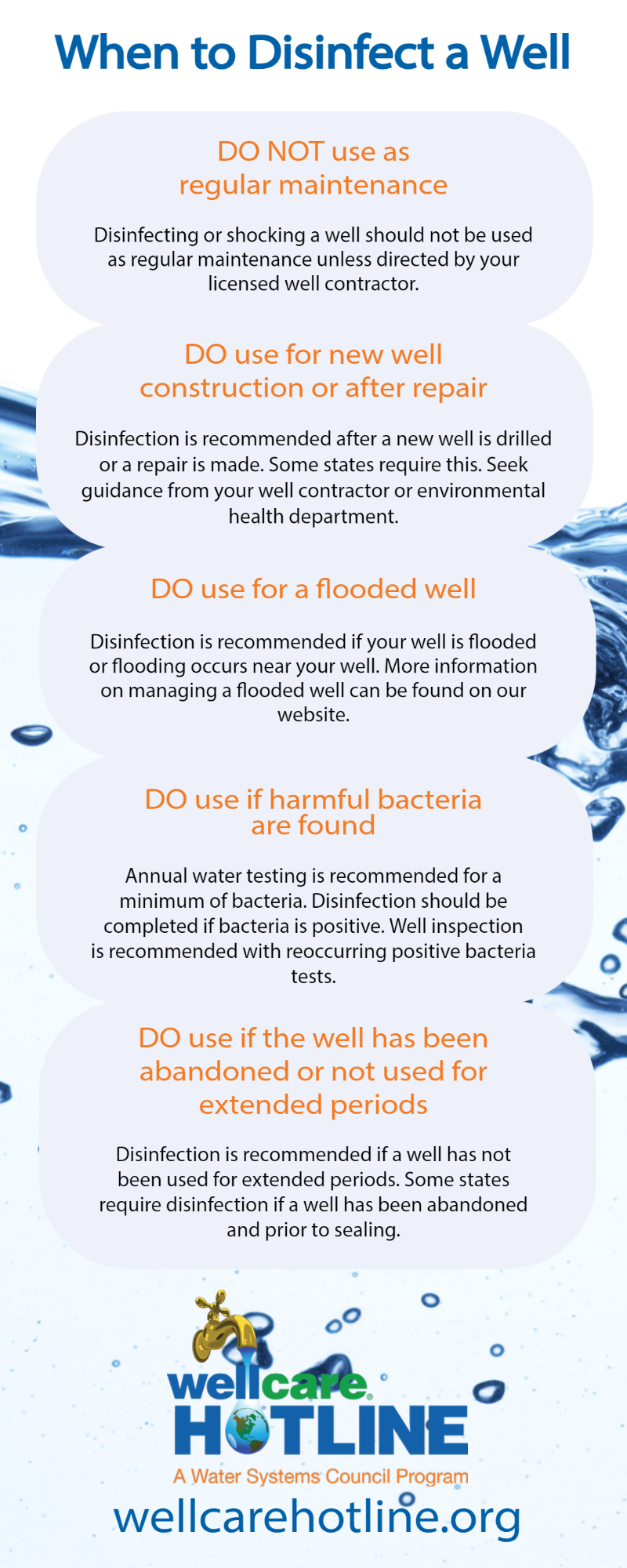
Before A Storm Hits
Storms and the damage they can create cannot be prevented, but there are a few ways you can prepare and protect your well and water supply before a storm hits your area.
Protecting Your Wellhead and Pump
Check that your well cap or seal is tightly fastened to your wellhead. If you have any well components exposed to outside elements, make sure all are secure to help protect them from flying debris or becoming flying debris.
Surge Protection
If you do not have surge protection on your pump, consider having it installed. Power surges can still affect your pump as surrounding areas lose or regain power even if you do not lose power at your home. Contact your licensed well contractor for assistance.
Note: If you lose power during a storm, make sure that you turn off your pump at the circuit breaker and leave it off for the duration of the storm.
Fill ’em up!
Fill your sinks and tubs with water in case you lose power to your pump. This water can be used to wash hands and flush toilets.
Don’t forget – Drinking Water
You should have at least one gallon of water per person per day. Power outages and cleanup can last a long time after a storm so consider storing enough water for at least two weeks for each family member in your household.
After the Storm
It is important to remember that there is potential danger of electrical shock from any electrical device that has been flooded. Rubber boots and gloves are not adequate protection from electrical shock. DO NOT touch any part of the well system before it has been thoroughly inspected by a professional.
Inspect Your Well and Components
If flooding did not occur on your property, visually inspect your well and well components to make sure there is no damage. If you notice any damages, call a licensed well contractor before turning on your pump.
Managing a Flooded Well
After flood waters have receded and the pump and electrical system have dried, do not turn on the equipment until the wiring system has been checked by a qualified electrician, well, or pump contractor. If the pump’s control box was submerged or damaged during a flood or other storms, all electrical components must be dry before electrical service can be restored. Get assistance in turning the pump on from a well or pump contractor.
Disinfection and Testing
If your well has been flooded it should be disinfected and the water tested before you start using the water.
For more information download our free wellcare® information sheet on Emergencies & Disasters and Wells and visit our dedicated web page. For more tips, look for #bestormready on our Facebook and Twitter pages.





